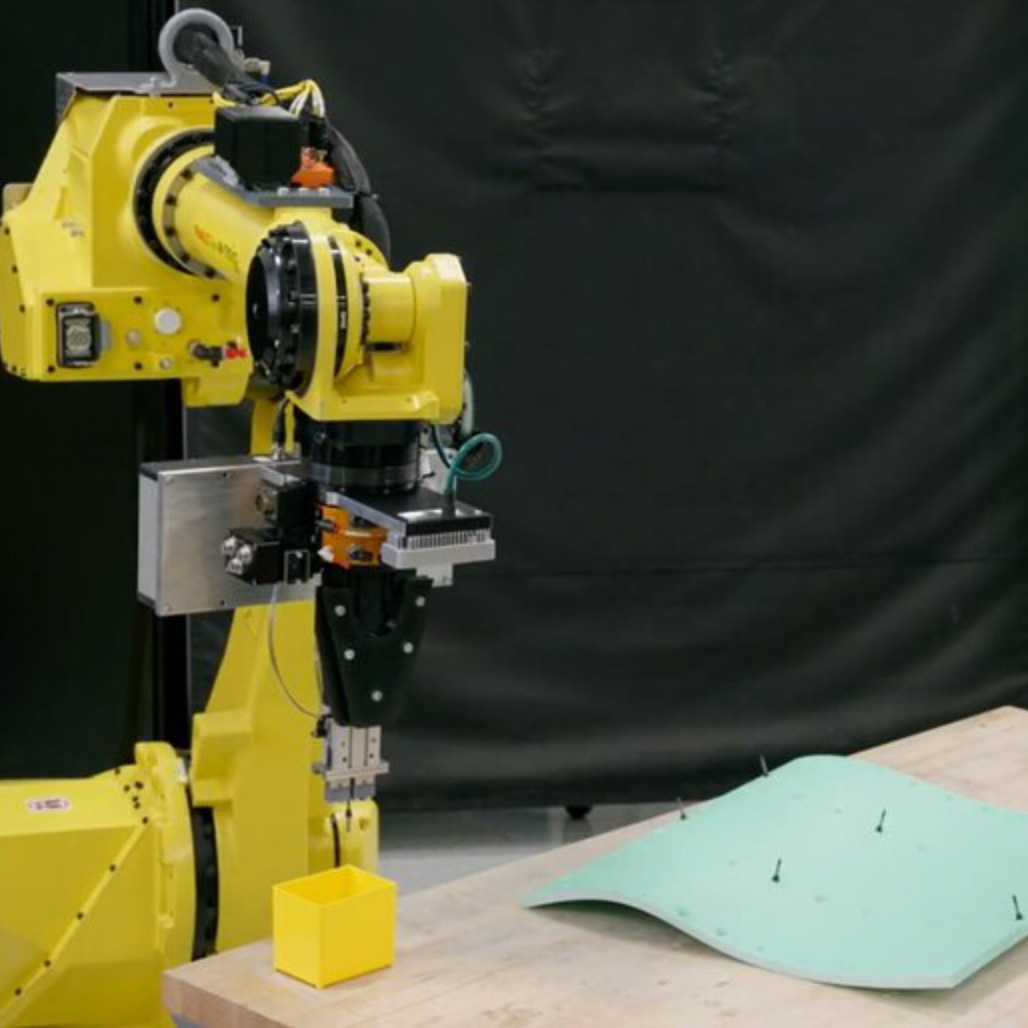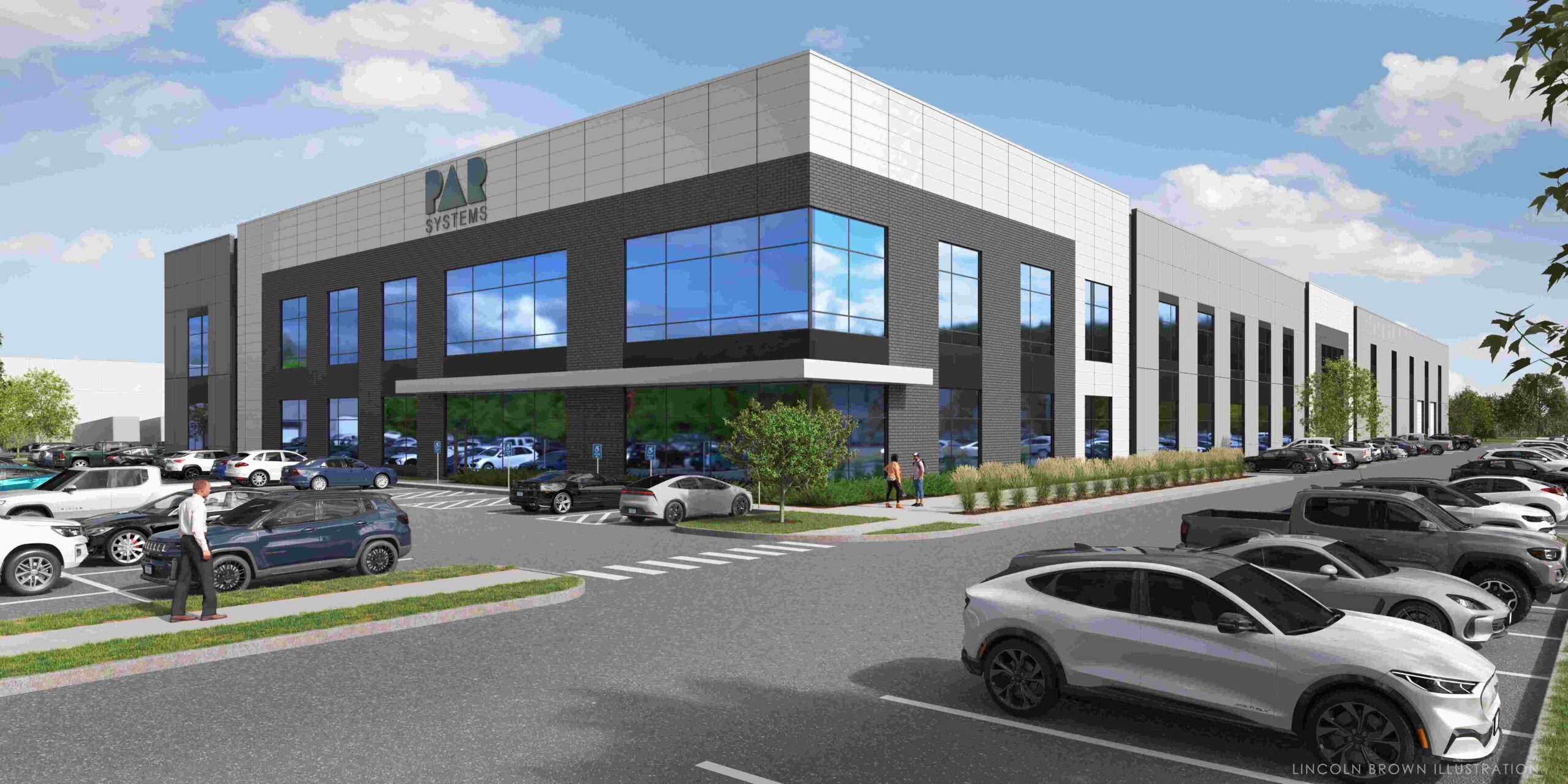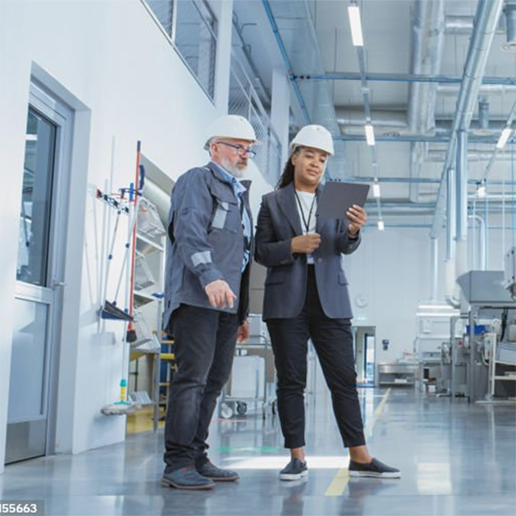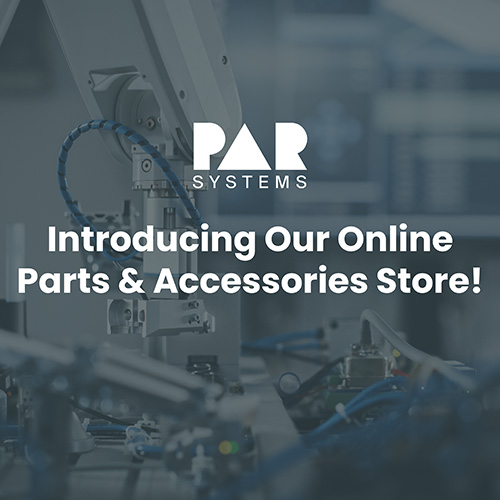HMLV Production Automation Scenarios
Industries that often deal with the creation of high-mix, low-volume (HMLV) parts stand to benefit the most from our ML-based vision mapping and planning system. The system’s ability to adapt to different targets and processes without requiring knowledge of the entire assembly offers a significant leap in flexibility. By eliminating rigid production flows, it provides a novel solution to the automation challenges that many manufacturers face.
These examples highlight how automation technologies can adapt in HMLV production environments. Automation in these HMLV scenarios focuses on adaptability, where robotic systems, machine learning, and vision-based technology can rapidly adjust to changing requirements and product designs.
Flexible Automated Cells: Automated cutting, milling, and trimming systems can switch between different part geometries in HMLV scenarios, using machine learning to optimize cutting strategies. Vision-based calibration systems enable precise adjustments for each unique part without manual retooling.
Automated Sealant Application to Fuselage Fasteners: Robotic systems equipped with vision technology apply sealant to fasteners on aircraft fuselages. Machine learning algorithms adjust the application path and amount of sealant based on the precise location and type of fastener, ensuring consistent quality and reducing material waste, even when working with varying fastener placements or designs.
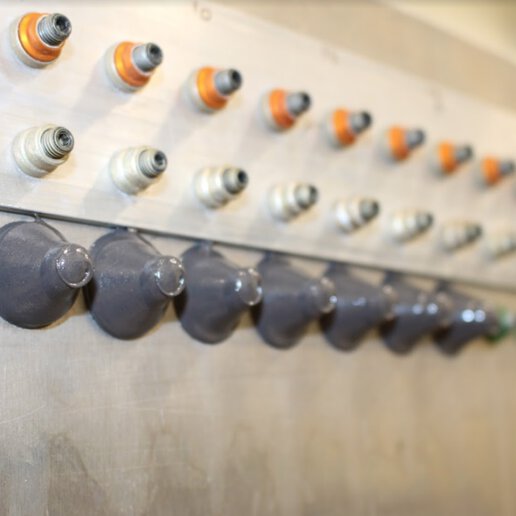
Automated Identification of Targets for Inspection: In HMLV manufacturing, automation can efficiently identify inspection targets on diverse parts with varying shapes, sizes, and features. These systems can adapt to different part geometries and dynamically locate critical areas for inspection, such as surface defects or dimensional features. This capability ensures consistent quality checks across a wide range of products while reducing manual effort and inspection times.
Robot-Human Collaborative Assembly: Robot-human collaboration enhances assembly processes by combining the precision and strength of robotics with the adaptability and decision-making of human workers. Robots can handle repetitive or heavy tasks, such as component positioning or fastener installation, while humans focus on complex adjustments, quality checks, or fine-tuning. This synergy not only improves efficiency and consistency but also creates a safer, more ergonomic work environment for operators.
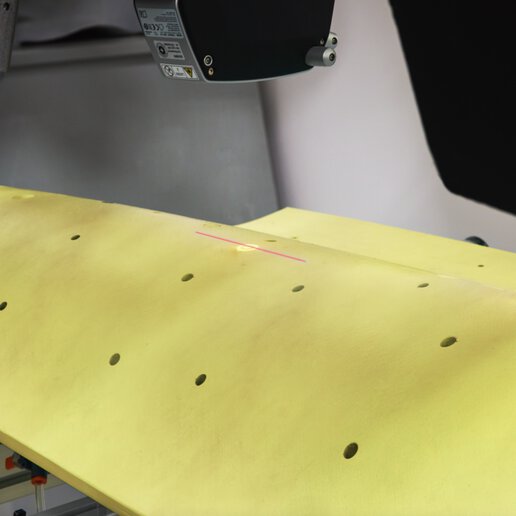
Flexible Automated Cells: Automated cutting, milling, and trimming systems can switch between different part geometries in HMLV scenarios, using machine learning to optimize cutting strategies. Vision-based calibration systems enable precise adjustments for each unique part without manual retooling.
Electronics Assembly: Robotic systems streamline the production of circuit boards and specialized electronic devices, adapting seamlessly to handle diverse configurations with precision and efficiency. This automation improves consistency, reduces errors, and accelerates production timelines in HMLV environments.
Robot-Guided Drilling and Riveting for Aircraft Assemblies: In aerospace, automated systems can adjust to varying sizes and placements of fasteners or rivet points on aircraft components. Machine learning can optimize precision drilling paths based on real-time data, while vision systems ensure precision even with unique designs.
Automated Wiring Harness Assembly for Aerospace and Automotive: Robots equipped with vision mapping and planning systems and machine learning can adapt to various harness configurations. They ensure that wiring paths and connections meet the specific requirements of each product in small-batch production.
Custom Automotive Parts: Automation can help in fabricating custom automotive components, including electric vehicle parts, where flexibility in tooling and setup is required for low production volumes.
Custom Part Inspection and Quality Control: Machine learning and vision systems are used for inspecting low-volume, high-precision parts like turbine blades or medical devices. These systems can adapt to different shapes and detect defects in real-time, even with varying product designs.
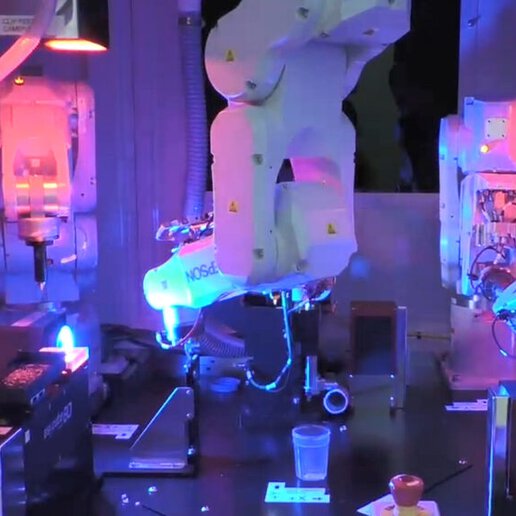
Machinery and Industrial Equipment: Producing specialized, low-volume industrial equipment, such as customized machine parts or automation systems, can use flexible robotics for assembly and inspection.
Fastening Systems: Automation transforms manufacturing in HMLV environments by enabling robotic systems to install diverse fastener types with precision and efficiency. With tool-changing capabilities, real-time quality monitoring, and the ability to navigate complex geometries, these systems enhance accuracy, boost production rates, and improve quality control in applications like aerospace wing panels and fuselage sections.
Automated Fastener Removal: Robotic systems enhance HMLV production by automating the precise removal of fasteners during assembly, upgrades, or repairs. With advanced vision technology and adaptive tooling, these systems minimize errors, reduce downtime, and improve efficiency, boosting productivity across the manufacturing and repair lifecycle.

